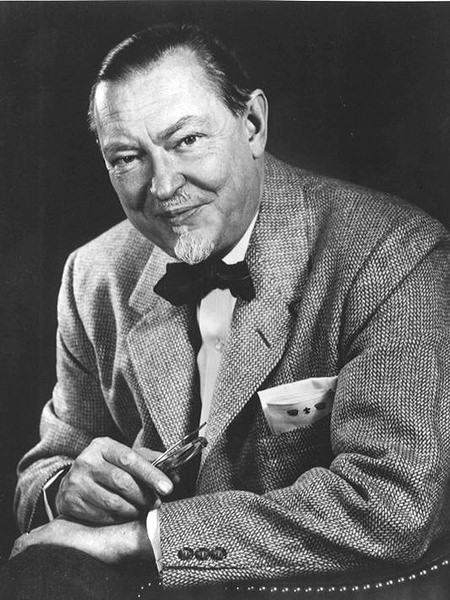
Down at the drinking trough the other night, someone carped that I never write about band music and to be honest, he was probably right. It’s not that I have anything against bands, you understand. Long ago back in the Old Country I used to conduct several bands but on the grounds of national security I cannot reveal their names.
I’ve noticed that these days, the word “band” is often applied to a group of two or three pop singers, which always strikes me as downright silly. But even in musical circles the word “band” is somewhat vague. Large ensembles used to be called “concert bands” but this expression seems to have fallen out of favour, perhaps because of its vague showbiz connotations.
While some bands are content to be called simply wind bands, others have adopted more grandiose titles to add a bit more gravitas and perhaps also to reflect their style of repertoire. Look through the YouTube pages and you’ll find wind orchestras, symphonic winds, symphonic bands, symphonic wind ensembles and many other variations. In one sense they all boil down to the same thing in that they’re made up entirely of wind instruments, invariably with added percussion. Sometimes a string bass is used to add extra depth to the sound and many modern scores call for pianos and harps for added colour.
The history of wind ensembles can be traced into antiquity but the large wind bands of today have their origins in the military bands of the nineteenth century. They were used largely for ceremonial and festive occasions and the repertoire consisted of marches and other rousing pieces. John Philip Sousa became famous for his marches, most of which were written in the 1890s and early part of the twentieth century. Few other notable composers wrote for band until Gustav Holst composed his First Suite in E-Flat in 1909. It remains a corner-stone of the symphonic band repertoire.
In the following years dozens of other composers wrote for band, thus providing material for the ever-increasing number of wind ensembles. The American style marching band caught on worldwide but it has become more synonymous with “shows” in which the music usually plays a subordinate role to elaborate visual displays.
Howard Hanson (1896 -1981): Chorale & Alleluia. Tokyo Kosei Wind Orchestra cond. Frederick Fennell (Duration: 07:21; Video: 720p)
For forty years, Hanson was the Director of Music at New York’s Eastman School of Music, founded in 1921 by George Eastman, he of Kodak fame. During his tenure, Hanson transformed the school into the finest of its kind in America.
Composed in January 1954, Chorale and Alleluia was Hanson’s first work for band. This finely crafted music strikes me as quintessentially “American” in the same sense that Copland seemed to capture something of old American pioneering spirit and a prairie-like sense of space. There are profound and sonorous passages in the opening chorale, deliciously rich harmonies and an increasing sense of intensity. Listen for the magic moment at 05:01 when the bustling music gives way to majestic chords from the brass.
The Tokyo Kosei Wind Orchestra was established in 1960. It’s a professional ensemble and along with the Dallas Wind Symphony considered to be one of the best in the world. This performance is conducted by the 86-year-old Frederick Fennell, an internationally recognised conductor and one of the most influential figures in the development of the symphonic band movement in the USA. In his New York Times obituary, Jerry F. Junkin wrote that Fennell was “the most famous band conductor since John Philip Sousa”.
David Maslanka (1942-2017): Symphony No. 4. University of Michigan Symphony Band cond. Michael Haithcock (Duration: 30:05; Video: 720p HD)
David Maslanka was best known for his music for wind ensemble. He published well over a hundred works including nine symphonies, most of which were written for band. His musical style is typical late 20th century American band music: rhythmically complex, melody-orientated and tonal in nature.
This highly approachable work, completed on 5th November 1993, differs from a conventional symphony in that it comes in a single movement with six clearly-defined sections. The composer wrote that “the central driving force is the spontaneous rise of the impulse to shout for the joy of life. I feel it is the powerful voice of the Earth that comes to me from my adopted western Montana, and the high plains and mountains of central Idaho.”
Listening to this vigorous music you can see what he means. Perhaps it’s a bit repetitive at times but there are some heroic Hollywood-like moments of grandeur contrasted with solemn hymn melodies which form the backbone of the work. Towards the end (at 23:28) we hear the melody of “The Old Hundredth” thundered out by the trombones while the flutes and clarinets seem to be imitating flocks of wheeling birds high above Maslanka’s “high plains and mountains of central Idaho”.
 |
 |
 |




